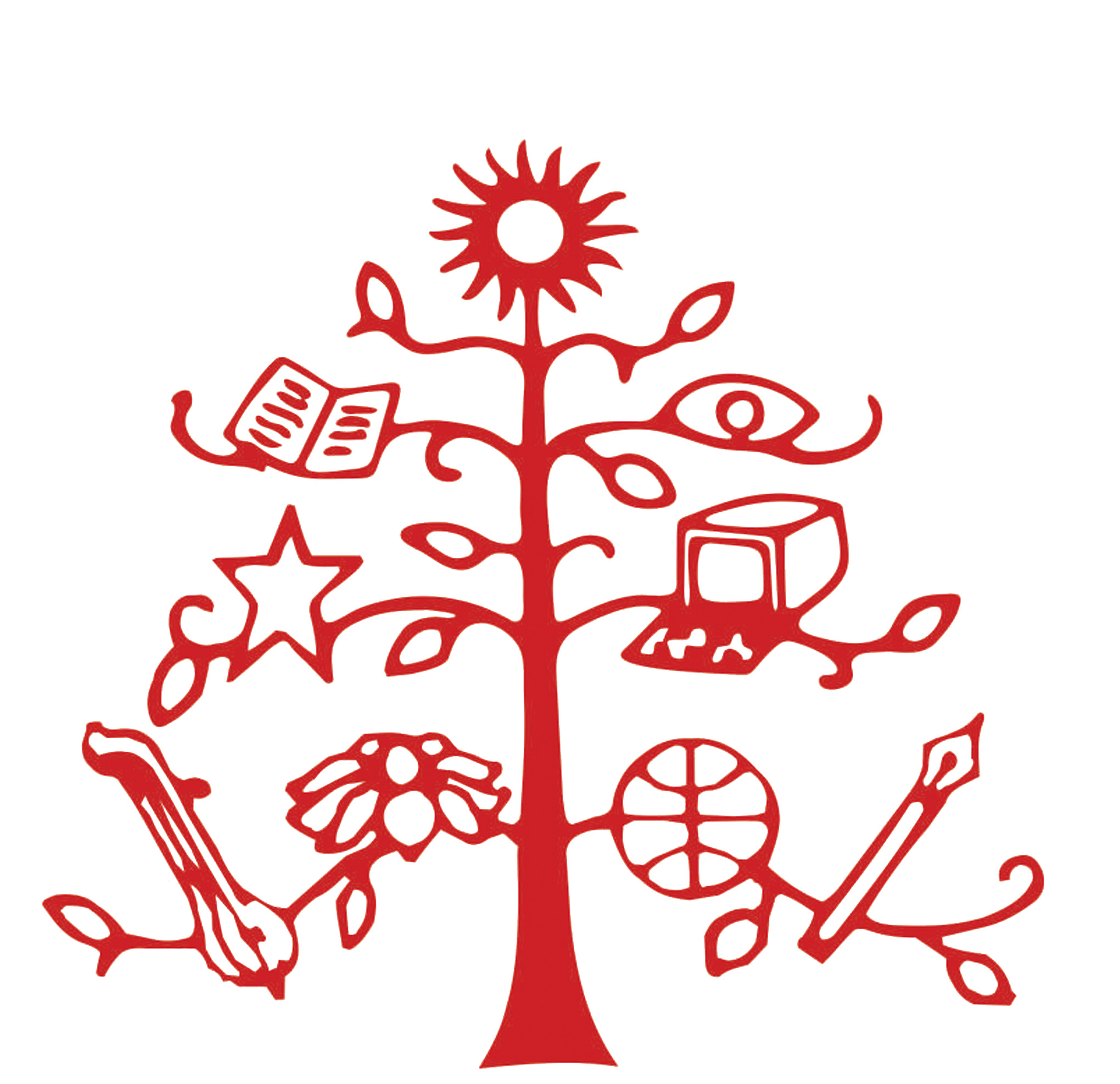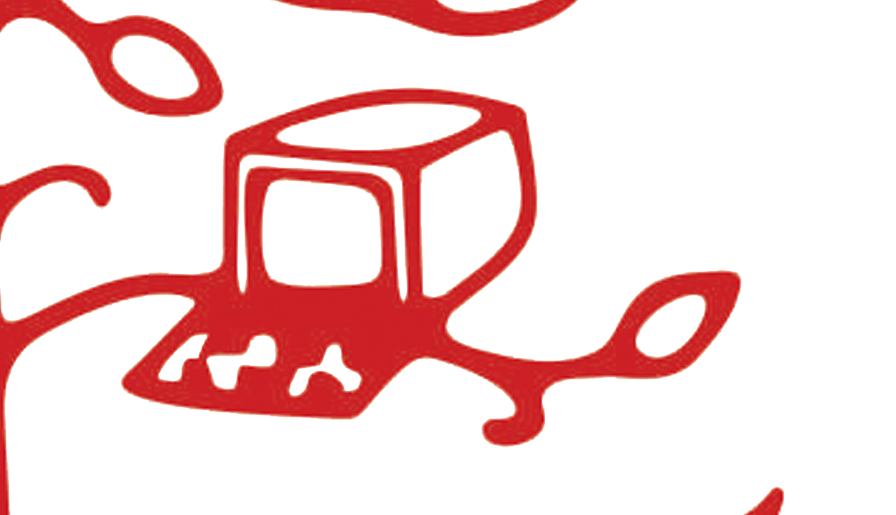Chitaris is the Marathi word for a painter. A large number of chitaris settled in Nagpur, drawn there by the liberal patronage of the rulers of the Bhonsale dynasty who celebrated Hindu customs and traditions with great pomp and reverence. These chitaris made their homes in the Mahal areas of Nagpur and even today their descendants are found to be living there in a lane known as Chitari Oli.
The chitaris’ work consists of making objects required during Hindu festivals. The rituals connected with them often require readymade artefacts in wood, clay, and paper. Ganpati has a special significance and the chitaris produce clay images for installation during the Ganpati festival. Over the years changing tastes have lead to a decline in the demand for their work. Today there are only a few families practising in Nagpur. They have now taken to various types of decoration work, including contracts for erecting decorative gates in the city during festivals and marriage decorations. The chitaris work throughout the year except in the summer months when they turn their hand to making marriage platforms and bowlas or conical temple-shaped pavilions for marriages.
Different chitaris specialise in different forms and products. Some specialise in the making of three-dimensional idols, chiefly of Ganpati. During the slack seasons they cater to the city shops by creating mannequin figures for draping garments for display. Another group specialises in pata-chitra or paintings on paper and cloth. Among the popular subjects are the jiwti-pata, gajalaxmi-pata, and the nagpanchami-pata. Yet another category of chitaris makes rupdas or the paper masks for Ramlila dramas. During marriages the chitaris are also invited to decorate the facades of the houses with representation of Ganesh, his consorts Riddhi-Siddhi, horse- and elephant-riders, and floral borders.


